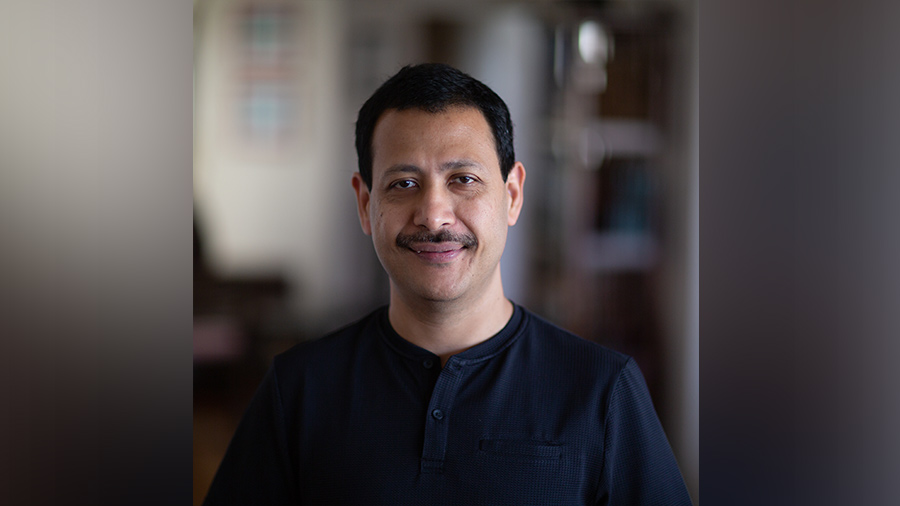Cracking the code behind great brands in the digital age is both a science and an art, relying as much on data and analysis as on storytelling and intuition.
As a media professional for more than 20 years, Jaydeep Chaudhuri is intimately familiar with what goes into the making of brands and the relationships that sustain them. A foodie and film buff, Chaudhuri loves travelling and is a quintessential cosmopolitan at heart.
My Kolkata caught up with Chaudhuri to pick his brains about how branding and media communication have evolved over the years, which of his many international experiences is his favourite, his passion for Satyajit Ray, ilish maach and more.
Edited excerpts from the conversation follow.
‘Hirak Rajar Deshe’… egg rolls and phuchka… College Street and Coffee House
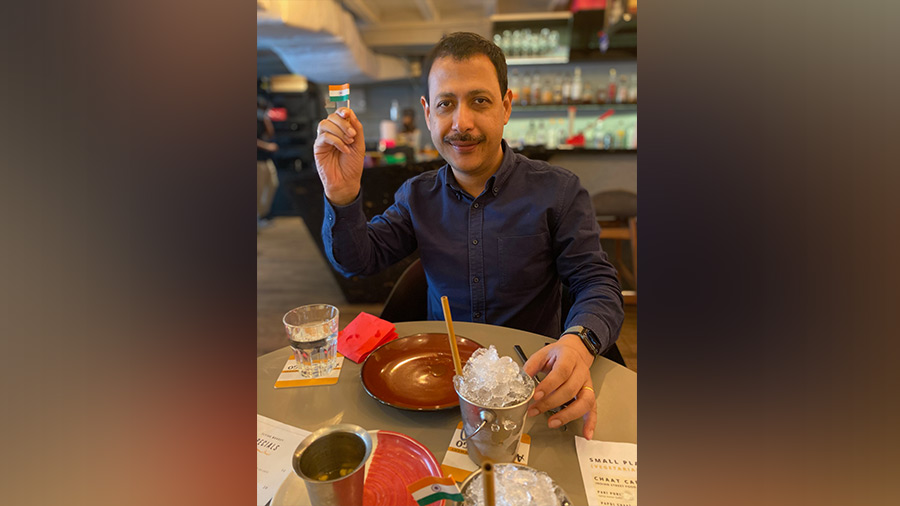
According to Jaydeep, Kolkata is at the core of his identity and pride as an Indian Courtesy: Jaydeep Chaudhuri
My Kolkata: Considering that you were largely born and brought up in Kolkata (barring the interlude of five years in Siliguri) what does the city mean to you? What are your favourite memories of growing up in Kolkata?
Jaydeep Chaudhuri: Now that I’m in my mid-40s, I can say this with more certainty than before – Kolkata has been a tremendous influence on how I’ve navigated my life and is at the core of my identity and pride as an Indian.
Fond memories of growing up in Kolkata are many, but most of them revolve around food and films. Watching Hirak Rajar Deshe with the rest of my classmates and teachers while in kindergarten, sneaking in egg rolls and phuchkas at lunch-time in middle school, discovering the charm of College Street and Coffee House in high school, attending my first international film festival in Jadavpur University and watching the likes of Seven Samurai, Rashomon and The Seventh Seal for the princely price of Rs 5, thanks to the JU Film Society… I can keep going on!
There’s this song from Praktan (2016) called Kolkata, sung by Anupam Roy and Shreya Ghoshal, that summarises my emotions towards the city very well.
How often do you come back to Kolkata? Do you still have a lot of family and friends here?
My parents live in Kolkata and some friends from school and college are still based here. Before the pandemic hit, I tried to visit once or twice every year. However, Covid-19 made international travel virtually impossible. As life gallops back to normalcy, I hope to visit every six months.
Park Street… Oxford Bookstore… a drink at Olypub… an egg roll at Kusum
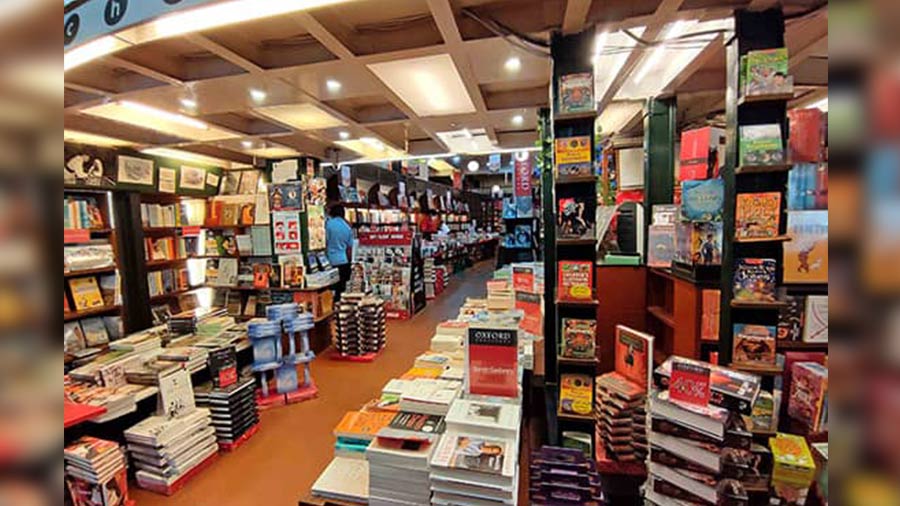
A visit to Oxford Bookstore is a must whenever Jaydeep is in Kolkata TT archives
What are your go-to places to visit or eat out or must-do things whenever you are in Kolkata?
Park Street is pretty much my first port of call. Oxford Bookstore, a drink at Olypub and an egg roll at Kusum. Then off to the Nandan complex to see if there’s anything I could watch. I also like to stock up on DVDs of the latest well-reviewed Bengali films so I always look out for neighbourhood DVD stores.
Jadavpur University shaped the person I’m today…. Physics faculty… Milon da’s and Central canteens… Sanskriti fests
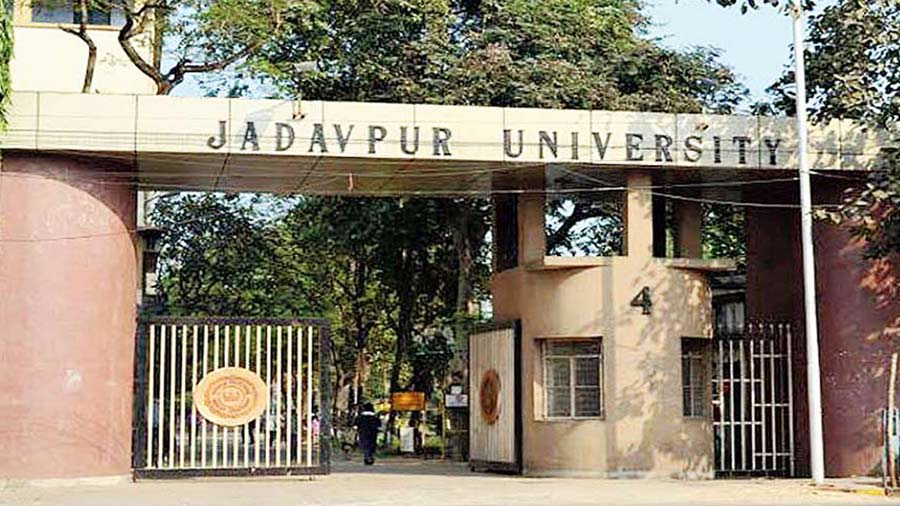
Jadavpur University helped Jaydeep demarcate what is really important from what are mere details TT archives
How formative was your time at Jadavpur University? How do you look back on your time there?
The years I spent at Jadavpur University shaped the person I’m today – the choices I’ve made, my sensibilities and how I look at life in general. I loved the time I spent there – be it the classes (the Physics faculty was and continues to be amazing), the adda sessions at Milon da’s and the Central canteens, the excitement of the many Sanskriti fests (including some memorable live performances by the likes of Anjan Dutt, Usha Uthup and Mohiner Ghoraguli) and the joy of simply exhaling after tough exams. Beyond everything else, Jadavpur helped me develop the ability to demarcate what is important and what are mere details.
Sheer friendliness of Taipei and unhurried pace of Jakarta reminded me a lot of Kolkata

Jaydeep feels that his time in Taipei helped shave the proverbial chip off his shoulders TT archives
You have lived in many cities across your career. Which of these cities have you enjoyed living in the most? Have any of them reminded you about Kolkata in any way?
Since I left Kolkata in 1997 to study at MICA, I’ve lived in Ahmedabad, Chennai, Mumbai, Bengaluru, Taipei, Jakarta, Singapore and now New York. Every city has left an impact on the way I look at the world, albeit in slightly different ways. Ahmedabad taught me to be self-sufficient and disciplined. Chennai allowed me to be strong and navigate unfamiliar waters. Mumbai built my work ethic. Bengaluru helped me become responsible for a young family. Taipei shaved the proverbial chip off my shoulders. Jakarta honed my ability to connect with diverse cultures. Singapore facilitated several of my passions. Now, New York is helping me create a distinct second innings.
It’s difficult to choose from the above, but my fondest stints would be the ones in Taipei and Jakarta, simply because of how both cities embraced me and my family wholeheartedly and the lasting friendships we formed. In fact, the sheer friendliness of Taipei (almost everyone wanted to talk to you on the streets) and the unhurried pace of Jakarta (where money and success are seldom life goals) reminded me a lot of Kolkata.
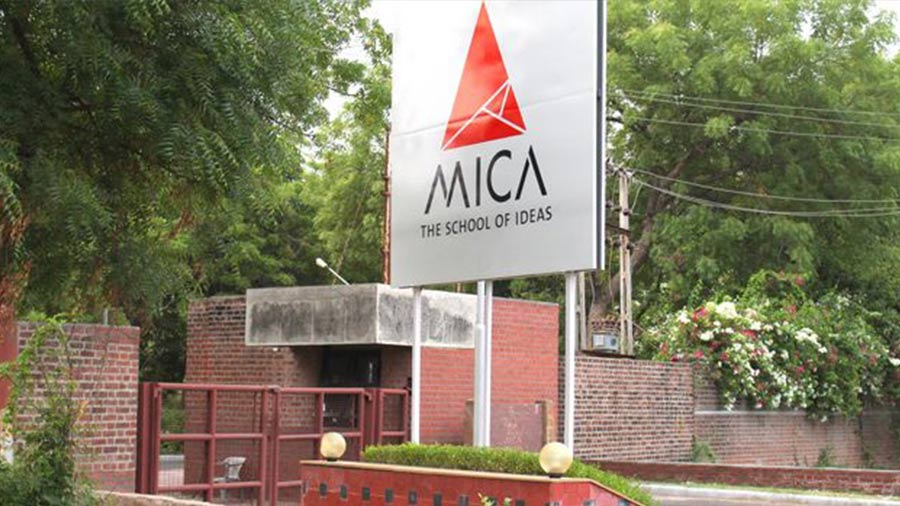
Advertising used to fascinate Jaydeep during his formative years, which paved the way for his eventual move to MICA MICA
After completing your Bachelor’s degree in Physics from Jadavpur, you went to Ahmedabad to study Marketing and Communications at MICA. What made you switch streams?
Growing up, I was always fascinated by the advertising industry, not least because so many of my favourite filmmakers overlapped significantly with the world of advertising. My maternal grandfather, a professor of English and noted author, also had stints shepherding publicity or advertising for companies like Duckback and Philips. Midway through my Bachelor’s course in Physics, I realised I wasn’t passionate or good enough in the subject to build a life and livelihood around it or its contiguous fields. That realisation forced me to look for alternative career paths and a few permutations and combinations later, I was on my way to MICA. Among my cohort at JU, mine was the path least travelled – no one else had joined marketing or advertising. Thankfully, far from having any regrets, I’ve enjoyed every moment!
What has changed is the sophistication of the technology and the sheer amount of data

Despite the growth in technology and data, the fundamentals of communication have remained the same, explains Jaydeep TT archives
You have been a media and advertising professional for more than two decades, a time during which the nature of communication has changed completely due to the development of digital media and the internet. What have been the biggest challenges you have had to deal with as a result of the technological transformation?
I cut my teeth in the industry just as the dotcom boom was taking hold in India, with high-profile web portals launching literally every day. So, in a way, I was lucky with the timing. The nature and sway of digital media have changed significantly over the last two-and-a-half decades. If we talk about the dotcom boom of the early 2000s, we can’t not talk about the dotcom bust and the correction that followed. Having worked through those years as a greenhorn, I’ve always tended to go back to first principles whenever we’re at a crossroads. When you look through the lens of first principles, the fundamentals of communication, core human behaviour and the underlying motivations haven’t changed much at all.
What has changed is the sophistication of the technology and the sheer amount of data we can now harness and process. That is both the biggest challenge as well as an unprecedented opportunity. Opportunity because it has the potential of making lives better for billions and helping brands grow at the same time. Challenge because the same capability or information in the wrong hands can lead to super-targeted terror attacks or genocide, glimpses of which we’ve already seen in South Africa and Ukraine.
In my role as an advisor to the custodians of some of the biggest brands in the world, I have, at times, struggled to navigate the right balance between what is good for the brand, good for the community and good for the planet at the same time.
You are presently the executive director for Global Transformation Lead at MediaCom. Could you elaborate what roles and responsibilities this entails?
I will refrain from using industry jargon – so, here’s my attempt: I work with one of the biggest global clients of the company and we have an ambitious programme to transform how they use media to communicate with their consumers, primarily through sophisticated use of data. My role is to ensure that the programme stays on track in the nearly 80 markets they operate in. My role also involves managing stakeholders to find common ground, measuring ourselves against the right benchmarks and course-correcting when there’s a deviation.
I seek out people who display comfort and courage to be vulnerable; that is required to navigate ambiguity

At MediaCom, Jaydeep has always emphasised on building trust above all else MediaCom
MediaCom’s long-standing motto has been ‘People First, Better Results’. How do you interpret this belief yourself? What are the values you prioritise when you are looking to put people first and form long-term relationships with your clientele?
Through the years, I’ve kept the maxim popularised by George Shultz (former US Secretary of State) as my guiding light: “Trust is the coin of the realm. When there is trust in the room, good things happen. When trust is not in the room, good things do not happen. Everything else is details”. I like to create an atmosphere where trust is always in the room – be it an internal meeting or a meeting with clients. That can only happen if everyone in the room displays and sees genuine empathy, making it easy for them to be vulnerable. So, when I’m hiring, beyond the technical competencies, I seek out people who display comfort and courage to be vulnerable. To me that is the main character trait required to navigate ambiguity.
What are the three most important things a brand must get right to make it big in today’s market?
- Understand clearly who you’re talking to and who you’re not
- Be consistent but agile at the same time
- Be very clear on how you’re a force for good for the community and the planet
For the consumer, whether the brand is global or local, matters very little
Which one is harder: ensuring a globally recognised brand maintains and even grows its status in a wide industry or ensuring a new brand can break through and grow organically in a niche industry?
It depends a lot on the market conditions, and there are case studies on successes and failures for both situations. I’d like to remind you that for the consumer, whether the brand is global or local, matters very little most of the time. For any brand to grow (new or established, global or local, niche or otherwise), it has to fulfil a need or want with a proposition that a sufficient number of consumers find acceptable. That hasn’t changed one bit.
What has evolved is the number of “routes to market”, where a lot of the capital intensive barriers of starting a scaled business have disappeared with the advent of digital commerce.
The more successful have more of the proverbial dots to join
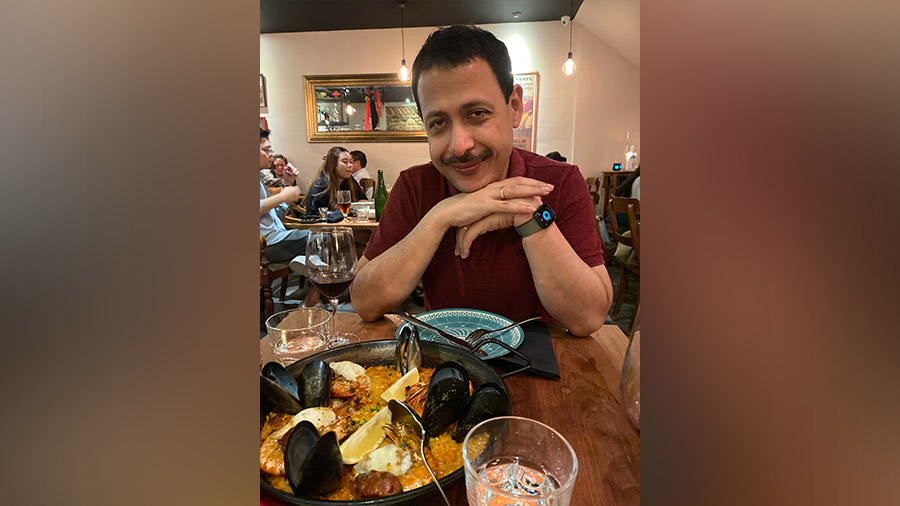
Jaydeep’s advice to youngsters is to immerse themselves in the world around them and beyond
For the young Jaydeeps reading this in Kolkata and elsewhere, what are the most important qualities to keep in mind for a successful career in communication? Additionally, how much does formal training help vis-à-vis improvisation in the sector?
I’ve had colleagues around the world who’ve come to the industry from diverse and different backgrounds – engineering, journalism, culinary arts, data sciences, economics, humanities, social sciences – literally from every possible specialisation. The common trait among the more successful has been an undying curiosity to explore more of the world. In this field, we often have to “join the dots” and the more successful have more of the proverbial dots to join. So, immerse yourself in the world around you and beyond – read, watch and listen as widely as you can. That would be a wonderful place to start.
As for the second part of the question, formal training is more important in the more specialised parts of our industry, such as data and analytics. For the rest, a good Bachelors or Master’s degree can get you the first job. After that, your experience, reputation and portfolio count a lot more.
Bengal should sell itself better to Bengalis
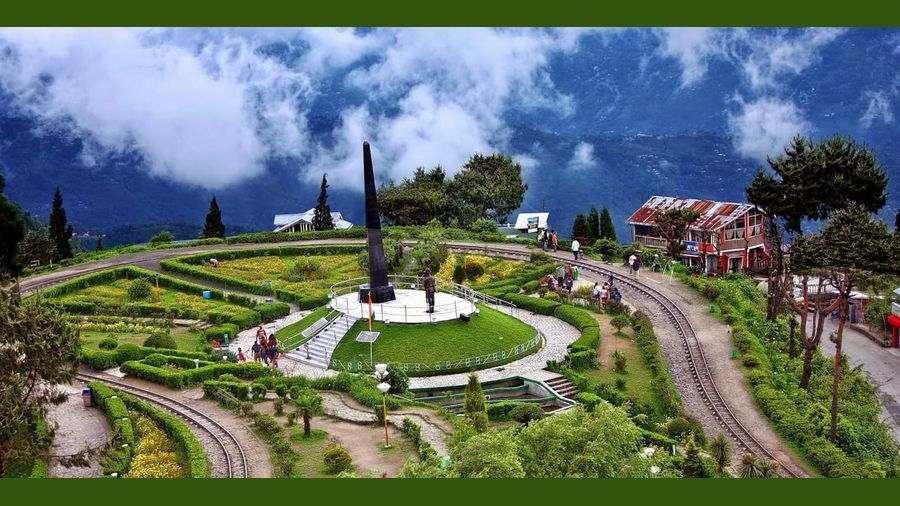
Identification and promotion of places that capture the essence of Bengal is pivotal to reviving tourism in the state, says Jaydeep TT archives
As someone who loves travelling, what do you think Bengal should do to attract tourists from various parts of the world?
Firstly, Bengal should sell itself better to Bengalis. I feel the government could do a better job given Bengalis have been among the most enthusiastic travellers in India for generations. It’s difficult for the rest of the world to come to Bengal when I, as a proud Bengali, can’t instantly name more than three places in Bengal I could travel to for a holiday. We should identify and promote the ethos that sets Bengal apart and also create the infrastructure that facilitates easy travel. Especially now, with post-Covid “revenge travel” gathering steam.
I chanced upon a 2.5kg hilsa in Singapore and immediately bought it; that’s what led to my first Hilsa party

Ilish maach, as prepared by Jaydeep for his annual Hilsa Party
How did the idea of hosting an annual Hilsa Party originate? What are the best Bengali dishes you can make apart from ilish maach?
It had a rather unusual start. After being deprived of large pieces of hilsa for years, I chanced upon a two-and-a-half kilo hilsa at a wet market in Singapore and immediately bought it. Having done so, I needed other enthusiasts to partake, as no one else in my small family ate the rather bony fish. That’s what led to the first Hilsa party with about eight of my colleagues, hailing from either Bengal or Odisha. The tradition stuck ever since, though it has evolved over the years.
Besides various styles of hilsa, I enjoy cooking Maacher Matha Diye Moong Dal,
Pui Saager Chorchori, Kosha Mangsho, Bhetki Fry, Dimer Devil and Kolkata-style Biryani.
‘Goopy Gyne Bagha Byne’… ‘Nayak’… ‘Aranyer Din Ratri’
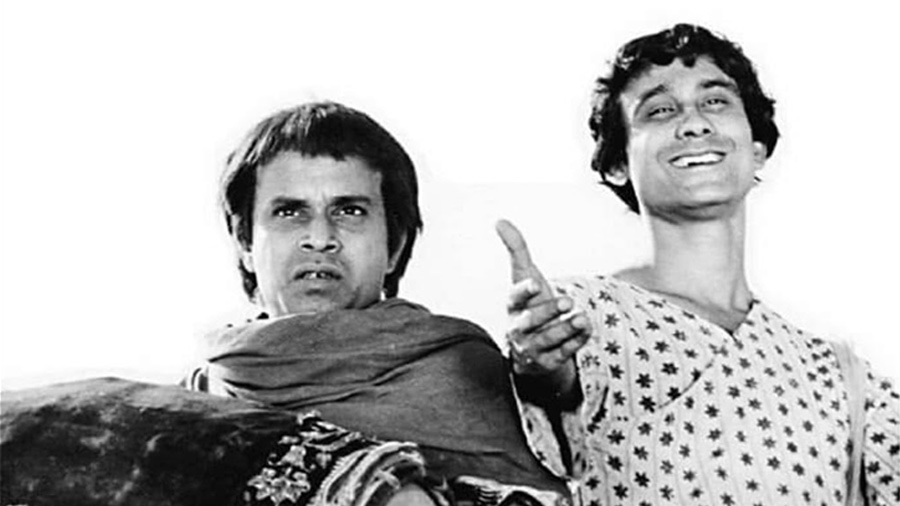
‘Goopy Gyne Bagha Byne’ is among Jaydeep’s favourite films of Satyajit Ray
You are admittedly a big fan of Satyajit Ray. Which are the two Ray films that have left the most enduring impact on you?
I’ll actually pick three. Goopy Gyne Bagha Byne has been a childhood favourite and I still love it, even after having watched it a zillion times. For the songs, the food and the sombre anti-war message hidden in fun and frolic. Second, Nayak for its narrative structure. And Aranyer Din Ratri for its restraint and bravery.
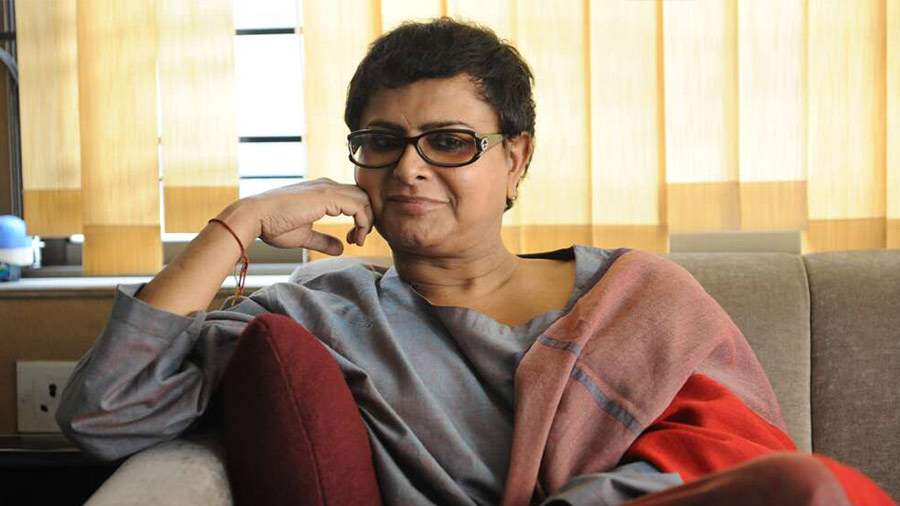
Jaydeep used to follow Rituparno Ghosh’s films closely TT archives
Who are the current filmmakers whose work you keep an eye out for?
I used to follow Rituparno Ghosh’s films until his untimely demise – he was a very talented director. Since then, I’ve kept a keen eye out for Srijit Mukherji and Arindam Sil’s releases. I’m really looking forward to watching Parambrata Chattopadhyay’s Abhijaan soon. In terms of Bollywood, I love anything that Anurag Kashyap gets involved in. And globally, Wong Kar-wai, Zhang Yimou and the ‘three amigos’ – Alejandro Gonzalez Inarritu, Guillermo del Toro and Alfonso Cuaron – are among my favourites.
Finally, where do you see yourself five years down the line?
In yet another part of the world, hopefully getting used to yet another new city. It’d be good to continue the adventure.
